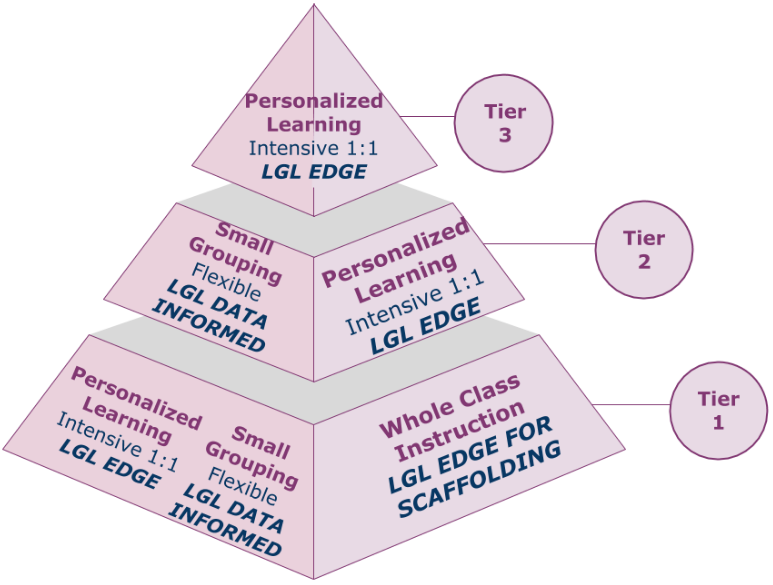The end of the school year can be a hectic time. As teachers finish their last lessons, complete end-of-year assessments, and pack up their classrooms, there usually isn’t much time to think about the following school year. However, taking time to analyze end-of-year data and use it to plan proactively for the next year can make the back-to-school transition easier. Teachers and administrators can use the following tips to prepare to tackle the challenges of the new school year.
Learn more about Dyslexia Screening today!
Create a plan to target common areas of weakness
The school year always starts with some type of review. When analyzing end-of-year data, look for the skills with the biggest gaps and plan a targeted review of those skills at the beginning of the following year. These skills will look different at each grade level, but knowing ahead of time the common areas of weakness among the incoming students means that teachers will be able to plan lessons that help close those gaps.
Unpack power standards and target relevant skills
Analyzing end-of-year data can be overwhelming. If your school, district, or state has power standards for each grade level, they can help you narrow your focus when reviewing the data. If possible, run a standards report to see where students fall in relation to those standards. Another way to utilize the data is to unpack the power standards and examine the specific skills students need to be successful in those standards. With that knowledge, you’re able to look at the data through a different lens and focus on the skills and gaps that will drive students toward grade-level goals.
Consider a flipped classroom approach
We all know that students come to us with gaps in many different areas. With COVID closures and different levels of access to technology and support at home, it’s likely that your end-of-year data will vary widely. In order to best address the needs of all students, consider a flipped classroom approach, with more time spent on small groups and personalized learning than whole-group instruction allows. With this approach, you’ll be able to meet students where they are and focus on filling those learning gaps.

Use the data to begin planning for interventions
If your budget enables you to hire interventionists, using end-of-year data to determine the interventions students need most ensures that you will hire the right people for the job. You can use the data to guide the interview process and give your interventionists an idea of what they can expect when they return in the fall. The data will also give you an idea of how many students require interventions so that you can plan a schedule that will accommodate their needs.

Plan back-to-school professional development for targeted areas
When looking at end-of-year data, begin thinking about what type of professional development teachers will be given when they return to school. If there are areas the students struggled in across all grade levels, arrange professional development for teachers in those areas. This will provide teachers with the support they need to address schoolwide concerns and create consistency from one grade to the next.
Reviewing end-of-year data is a big task, but by using these tips, you can proactively plan for the new school year. Whether you’re able to implement all five tips or only have time for one, you’ll be happy you took the time to review the data when the new year begins.


Leave A Comment